Crohn's Disease Calcium Oxalate Stones Usmle
Crohn's disease calcium oxalate stones usmle. However in the latter urinary oxalate concentration is often normal and the formation of stones is mainly secondary to the abnormalities in its solubility. The unbound oxalate is then delivered to the colon where its readily absorbed and the absorption is accentuated specially if the colon is also involved in CD and also due exposure of the colon to non. After the fat and calcium bind together the fat leaves behind a salt crystal known as oxalate which adhere.
When fat deposits and calcium are near each other the fat binds to calcium due to a chemical affinity to calcium. Ethylene glycol antifreeze vitamin C abuse. Ethylene glycol antifreeze Vitamin C abuse.
In states of urine alkalinization. Oxalate is an end product of metabolism and is normally excreted from the body after it is formed. Crohns calcium oxalate stone.
This may be stupid but oh well. Nephrolithiasis is one of them and the appearance of kidney stones mainly of oxalate of calcium is more common in these patients than in general population. Calcium oxalate is the most common type of kidney calculi not only in IBD patients but also in the general population.
The pathogenesis of which is not fully understood. In about 30 of the patients with Crohns disease can be found extra-intestinals symptoms. One of the most common causes of kidney stones is malabsorption.
Clinical Clerkships Made with help of Blueberry Flashback Recorder. Kidney stones are increased in patients with bowel disease particularly those who have had resection of part of their gastrointestinal tract. Crohn disease is an inflammatory bowel disease that can affect any part of the gastrointestinal GI tract including the mouth and the anus characterized by abdominal pain and nonbloody diarrhea classically associated with non-contiguous involvement or skip lesions along GI tract.
Less common stones are made up of. Crohns Disease-Hyperoxaluria In patient with ileal dysfunction ileocolitisjejunoiletis non- absorbed fatty acids and bile salts binds the calciumand leaving the oxalate unbound.
Urinary stones are most commonly composed of calcium oxalate.
Kidney stones are formed when there is a decrease in urine volume and an increase in stone-forming substances in the body. Kidney stones are formed when there is a decrease in urine volume and an increase in stone-forming substances in the body. Envelope or dumbbell shape. Calcium Oxalate Stones in Crohn Disease Internal Medicine Series. Can someone plz explain this concept. Last Updated on Thu 03 Sep 2020 Crohn Disease. Calcium Oxalate Stones. It is derived from dietary sources eg. As the name implies the stones consist of calcium and oxalatesAbout 80 percent of kidney stones are made from calcium oxalate.
There are a number of reasons why people with Crohns Disease are more likely to get kidney stones. And low-potassium diets which can raise the calcium uric acid. I know that with Crohns disease the ileum is usually affected and there will be decreased absorption of fat. These stones are usually CaOx but there is a marked increase in the tendency to form uric acid stones as well particularly in patients with colon resectio. After the fat and calcium bind together the fat leaves behind a salt crystal known as oxalate which adhere. Calcium oxalate is the most common type of kidney calculi not only in IBD patients but also in the general population. Kidney stones are formed when there is a decrease in urine volume and an increase in stone-forming substances in the body.



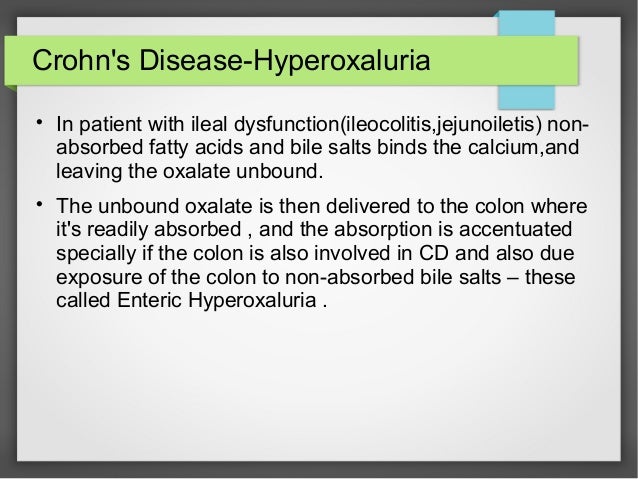





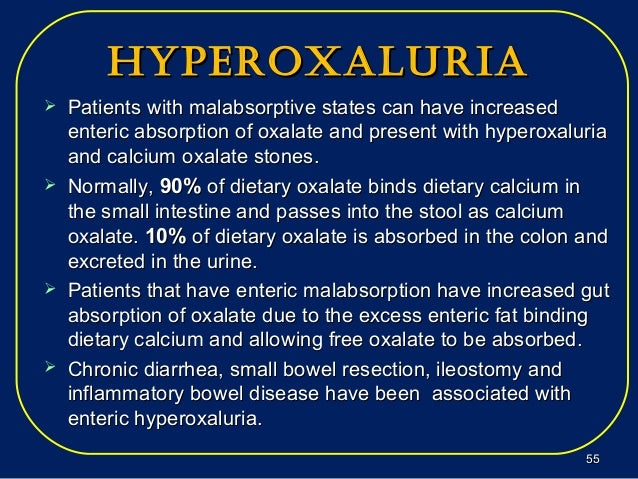










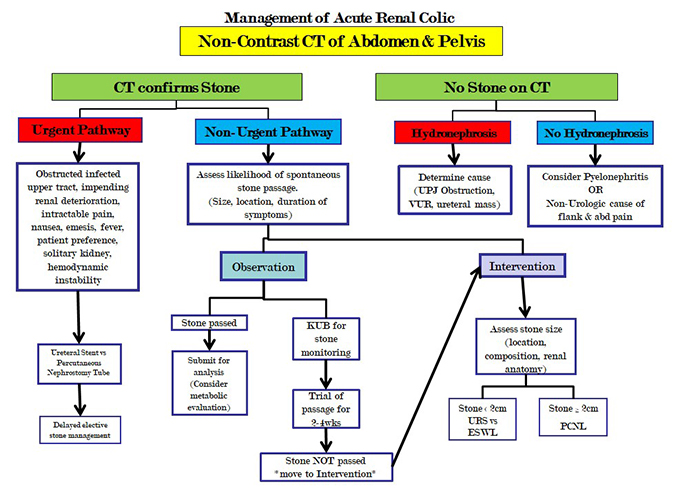

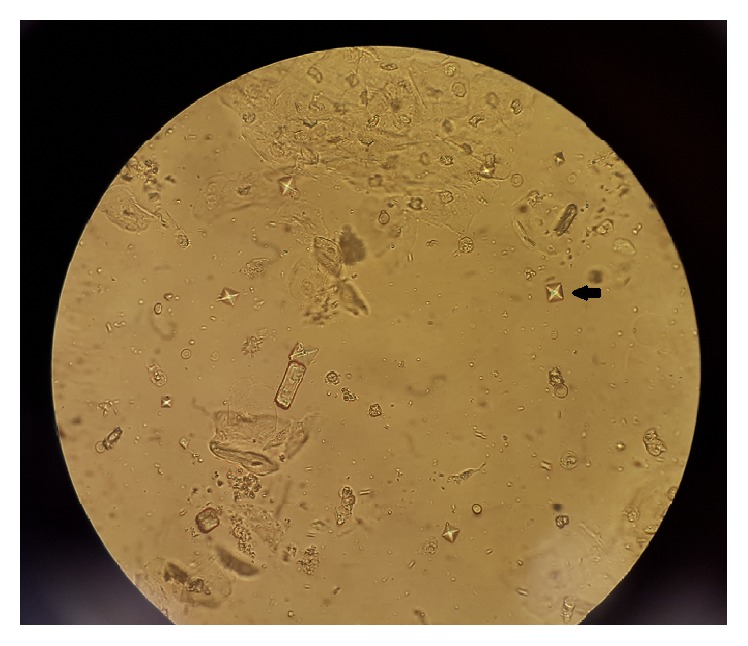


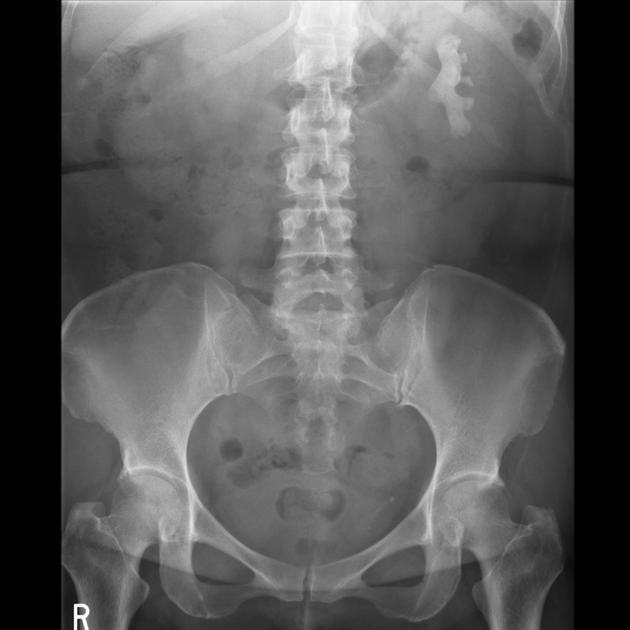


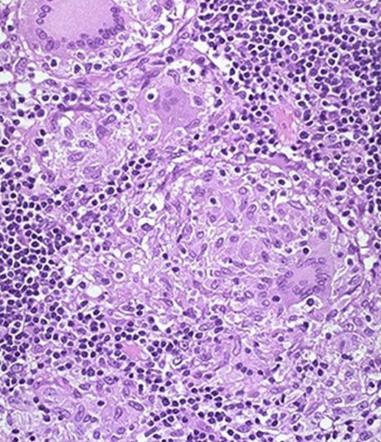

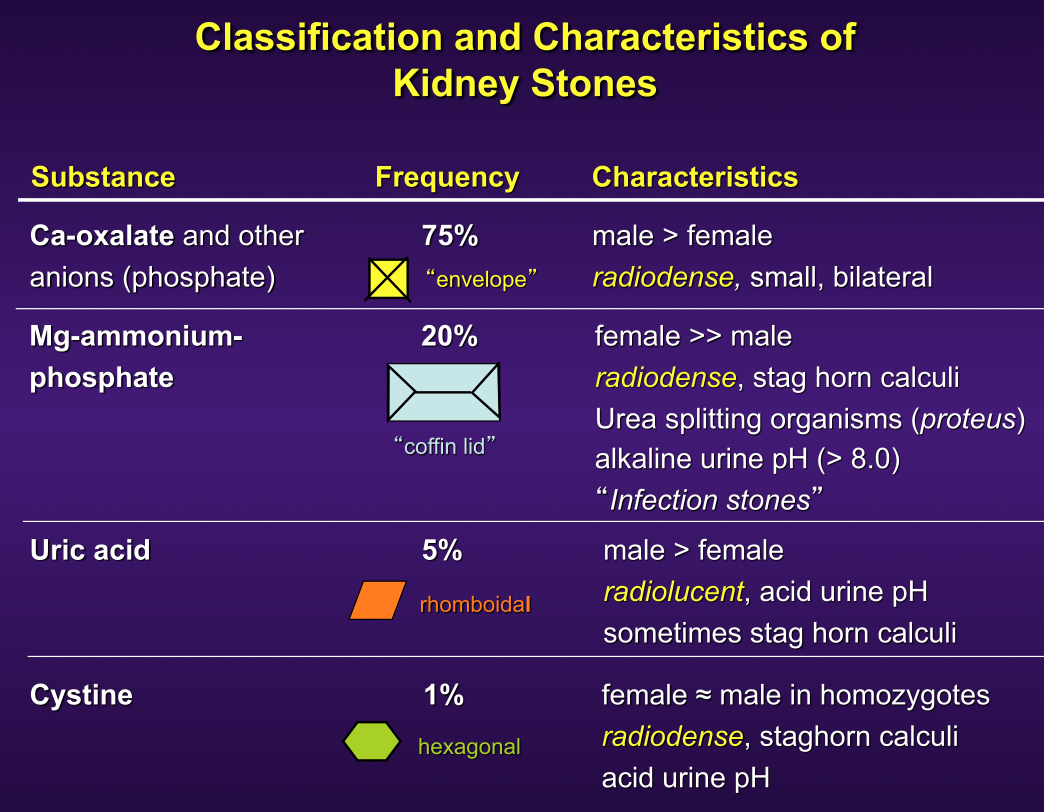


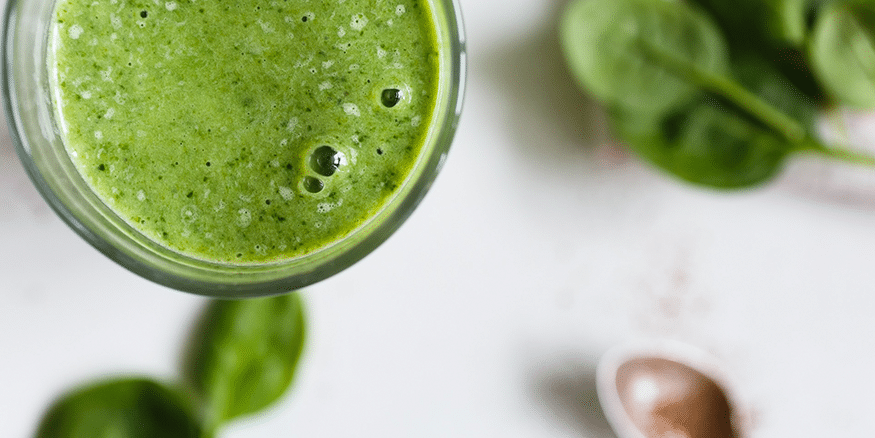







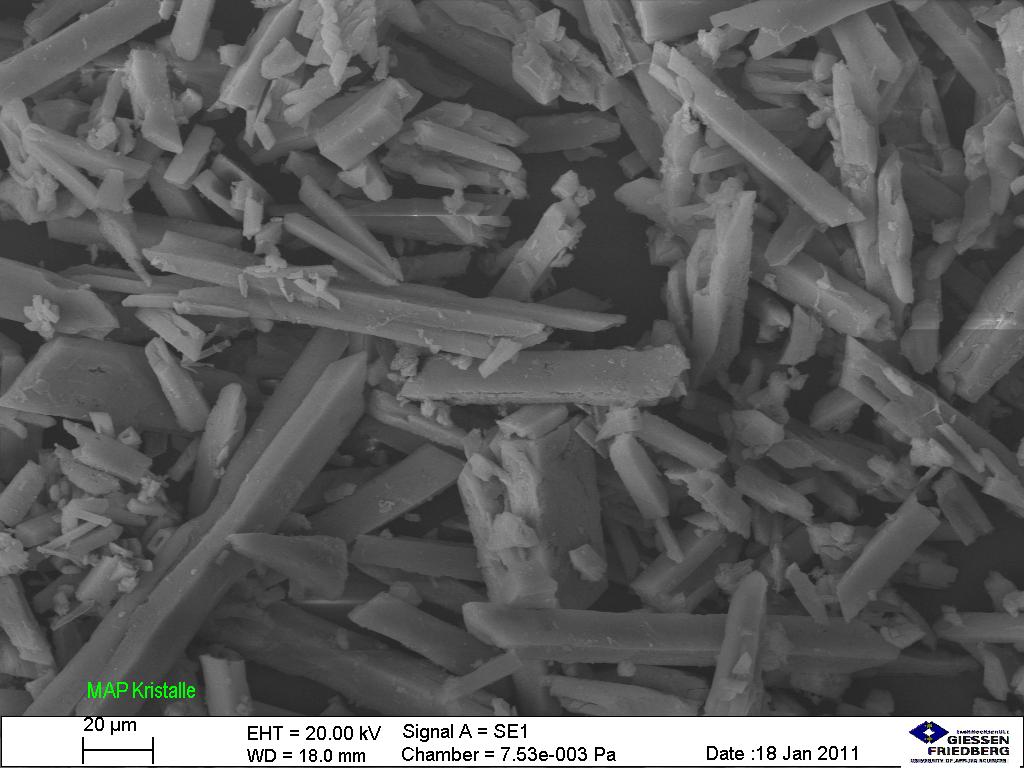


Post a Comment for "Crohn's Disease Calcium Oxalate Stones Usmle"